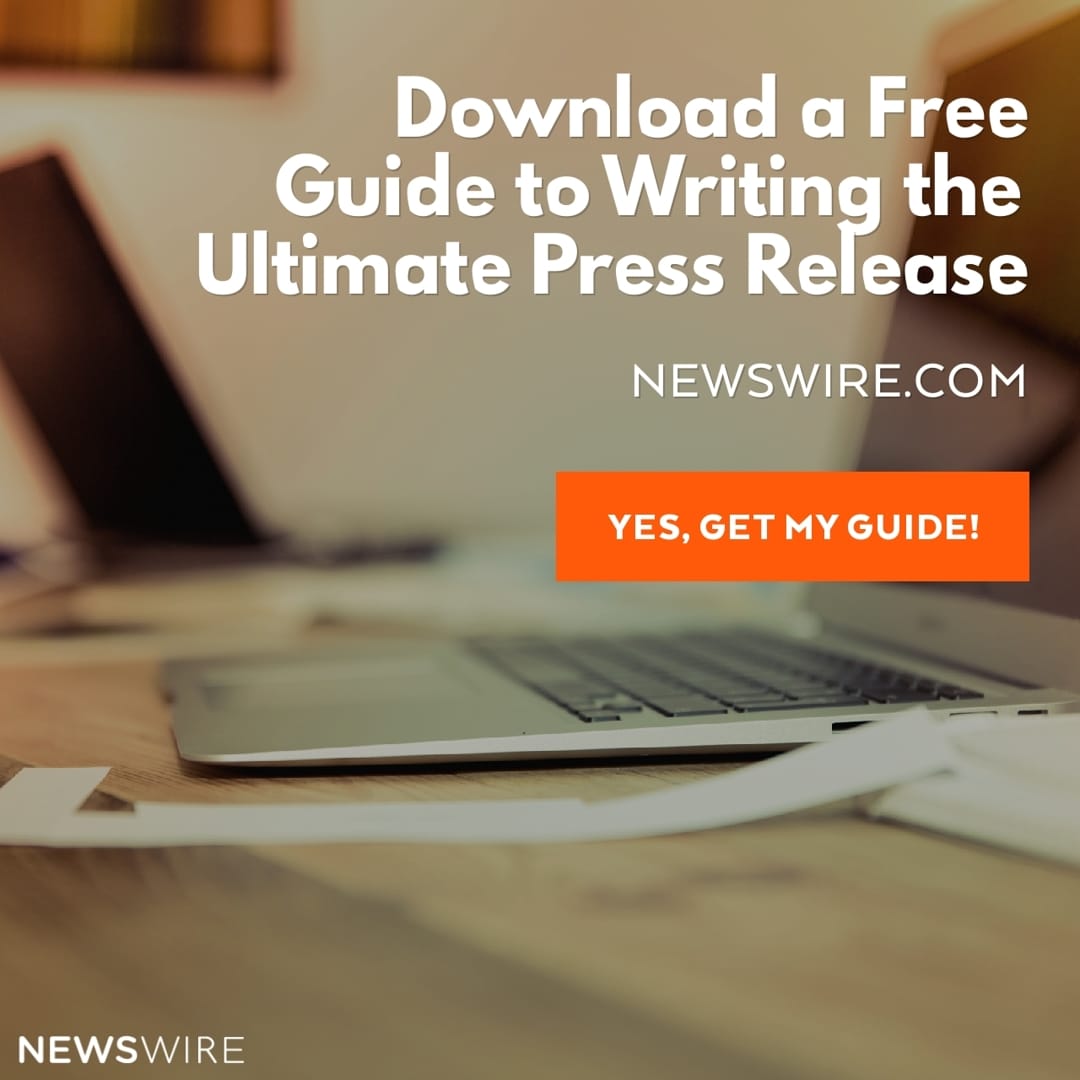
3 Steps To Write A Hook In Your Press Release
There are a number of ways to create one or more hooks in your press release. The three main places to put hooks are:
1-the headline
2-the sub-heading
3-the first paragraph
Let’s look at each of these in turn.
1-Headline Hooks
Headlines need to go for the short sharp shock. They need to grab attention and lure in the reader in about 10 words or less.
Use active verbs, power words and keywords that show what topic your story is about. Use numbers when possible. Be specific. Let’s compare 3 headlines to see the difference between no hook and a strong hook.
Bad: Ford To Cut Many Jobs in Area
Better: Ford Axes Local Jobs
Best: Ford Slashes Over 1k jobs at Kansas City Plant
These headlines all use the same formula of subject, verb, and object. But the choice of verbs and details fleshes out the story more, and also offers emotional connection as well, especially if you live or work in Kansas City or are a journalist working that beat.
Note the verbs: cut, axe, slash. Cut is fine, but slash is intense and make the reader want to learn more. Also notice how the use of numbers in the last example has more impact than “many’. The headline is longer than the other 2, but it is tightly written and answers several of the journalist’s 6Ws:
1-Who
2-What
3-When
4-Where
5-Why
6-How
In this case, it tells us who did what, and where. The why is also implied: the cuts have come about at the plant because of poor sales. Slashes would also seem to indicate when, and how, that is, suddenly, and without any warning.
Here’s another example:
Dull: Tyson removes chicken nuggets from store shelves
More interesting: Tyson recalls chicken nuggets due to safety concerns
More interesting and detailed: Tyson recalls 5-pound bags of frozen chicken nuggets amid fears of plastic contamination
Headline 1 reports the facts. In 2, the word recalls links with safety concerns-we often hear of product recalls in the news for that reason. The third headline gives more specific details. It isn’t all nuggets, just the frozen 5 pound bags.
The reason for the recall is also given. It’s not a food bug like E coli, but a manufacturing problem like plastic getting into the food at some point when they are being processed. The headline IS longer, but it makes every word count.
2-Add emotive Hooks
Sometimes a headline hook works well because it evokes emotion or causes controversy. Here’s a good example from Huffington Post:
Let’s Call Mental Health Stigma What It Really Is: Discrimination
3-Write a powerful sub-heading
The sub-heading supports the headline, continuing the hook:
Society’s attitude toward psychological disorders needs to change.
4-Hook them in the first paragraph, too
The first paragraph also supports the hook.
It’s no secret that there’s a veil of shame surrounding mental illness.
It is short, to the point, and all three together hook you into reading the story. The 3 are emotive and also persuasive, using words to get the reader to agree with and side with the point of view:
_Let’s
_Society’s attitude
_It’s no secret
Practice crafting hooks in your press releases and see what a different it can make to the effectiveness of your releases.











